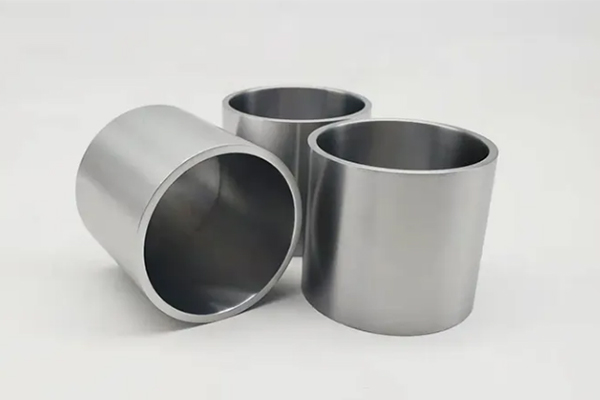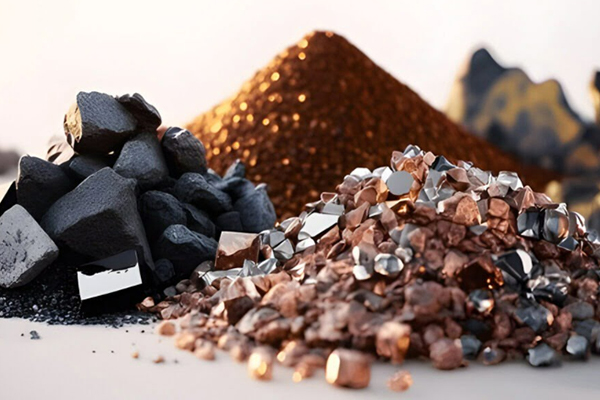Passivation Of Stainless Steel: Best Practices
It follows that proper passivation enhances corrosion resistance in stainless steel and provides reliable performance over the long term in many applications.
Passivation: Understanding
One of the key properties in stainless steel is its natural tendency to form a thin, impervious layer of chromium oxide on the surface. This invisible layer protects the material from corrosion and generally makes it quite durable. Yet during fabrication, machining, handling, or welding, the surface is often contaminated with free iron particles or other residues. The particles break the protective oxide layer and increase the susceptibility of the metal to rust.
Passivation resolves this issue by using acid solutions—commonly nitric acid or increasingly citric acid—to dissolve free iron and other contaminants from the surface. In simple terms, the process cleans the metal thoroughly and reinstates conditions for a strong, uniform chromium oxide layer to reform. This enhanced passive film protects stainless steel from corrosive agents present in food processing lines, medical equipment, architectural structures, and industrial plants.
Steps in Effective Passivation
Complete cleaning is the starting point of a passivation process. Oils, greases, shop dirt, coolant residues, and fingerprints must be eliminated prior to any action involving acid. Usual cleaners include alkaline cleaners, detergents, or a special degreaser, followed by a thorough rinse to avoid unwanted chemical reactions.
Once the surface is properly cleaned, the stainless steel is immersed in a passivation bath:
• Nitric acid baths generally maintain concentrations within the range of 20%-50%.
• Citric acid baths, mainly due to their perceived safer handling and environmental benefits, have been increasingly common, especially in regulated industries.
The duration of the treatment varies depending on the grade of the stainless steel and the acid chemistry, but for most applications, several minutes of immersion suffice. At the same time, controlled temperatures—commonly room temperature—help achieve consistent results without over-reaction or damage to the metal surface.
After passivation, the metal must be thoroughly rinsed with deionised water to remove any possible residue, which may weaken the newly formed protective film.
Common Methods
Depending on the grade of steel, required finish, industry regulations, and environmental concerns, a variety of passivation techniques can be chosen.
1. Nitric Acid Passivation
A well-established technique using nitric acid as an agent to strip off contaminants and build up the naturally occurring chromium oxide layer. It is effective, but it requires careful handling because of the strong oxidising properties of the chemical.
2. Citric Acid Passivation
Citric acid presents an alternative that is more environmentally friendly and safer for the operators, as well; it removes free iron and favours the growth of a stable, passive layer. It's especially favoured in tightly toleranced components, medical devices, and food-grade applications where chemical safety and cleanliness are of concern.
3. Electropolishing
While not a chemical cleaning process in the same sense as acid passivation, electropolishing represents a more advanced class of electrochemical finishing. This removes a very fine layer of metal from the surface to provide a bright, remarkably smooth finish that is greatly resistant to corrosion. Since the surface roughness is lower, passive layers are usually better on such electropolished parts, and hence the method is very effective in critical applications.
Quality Assurance and Safety
High-quality passivation requires consistent process control and verification:
• Copper sulphate test: This test is widely used for confirmation of the removal of free iron. A drop of copper sulphate solution, when placed on the surface, does not result in copper deposition on a correctly passivated sample, ensuring that the surface is clean and passive.
Laboratories normally adhere to standard criteria, such as ASTM A967, outlining the proper documentation of the passivation process and meeting industrial requirements.
Safety measures are necessary through all the steps involved. Handling acids requires wearing protective gloves, eye protection, and chemical-resistant clothing, and working in a sufficiently ventilated atmosphere. SDSs for all the chemicals involved should be readily available, and waste acid should be disposed of according to environmental regulations.
Conclusion
Passivation is an important finishing step in stainless steel to make it resistant to corrosion and to work with reliability under severe conditions. With proper cleaning, controlled acid treatment, and thorough rinsing, manufacturers can significantly extend the life expectancy and performance level of stainless steel components. Whether using nitric acid, citric acid, or more advanced methods like electropolishing, passivation remains an essential practice for maintaining material integrity.
Frequently Asked Questions
F: What is the main purpose of passivation?
Q: It removes free iron and contaminants from the surface of the stainless steel and promotes the formation of a strong chromium oxide layer, which enhances corrosion resistance.
F: Can citric acid be used instead of nitric acid for passivation?
Q: Yes. Citric acid has gained broad acceptance as an environmentally acceptable alternative that offers equivalent cleaning and passivation performance.
F: How do I check if the process of passivation was effective?
Q: Copper sulphate test is normally employed to ascertain free iron. Negligible or no reaction suggests that a successful passivation has taken place.

 Bars
Bars
 Beads & Spheres
Beads & Spheres
 Bolts & Nuts
Bolts & Nuts
 Crucibles
Crucibles
 Discs
Discs
 Fibers & Fabrics
Fibers & Fabrics
 Films
Films
 Flake
Flake
 Foams
Foams
 Foil
Foil
 Granules
Granules
 Honeycombs
Honeycombs
 Ink
Ink
 Laminate
Laminate
 Lumps
Lumps
 Meshes
Meshes
 Metallised Film
Metallised Film
 Plate
Plate
 Powders
Powders
 Rod
Rod
 Sheets
Sheets
 Single Crystals
Single Crystals
 Sputtering Target
Sputtering Target
 Tubes
Tubes
 Washer
Washer
 Wires
Wires
 Converters & Calculators
Converters & Calculators
 Write for Us
Write for Us





 Chin Trento
Chin Trento



